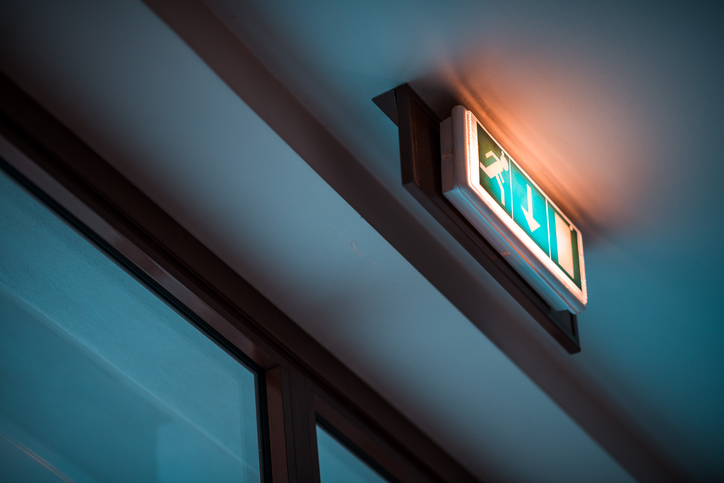Fire Door Safety for Landlords
Reading time: 3 minutes
Why do you need fire doors in rented accommodation?
Houses in multiple occupancy need fire doors installed if they lead to an escape route. This is to ensure passages are clear and smoke free for occupants to escape with ease.
Internal fire doors serve two main purposes: to restrict smoke and heat from spreading and to provide time to escape.
Does the height of a house make a difference?
The fire safety regulations state that in properties with more than two storeys, there must be a fire door separating each habitable room and stairwell on each level.
Do landlords have to provide a fire risk assessment?
It is a mandatory legal requirement for a detailed fire risk assessment to be carried out on all blocks of flats - this includes houses that have been converted into two flats or more.
There are many companies that provide this service and you will need to include fire doors in the assessment.
Once you have a fire risk assessment, it is recommended that regular checks take place - see the Five Step Fire Door Check for guidance.
Finding the right fire doors for a rented property
A fire door should be made by a British Woodworking Federation (BWF) certified manufacturer, and fitted with all of the necessary fire-rated hardware and seals - this is to ensure the fire door’s integrity.
Interior domestic fire doors are usually rated FD30, which means that they will hold back fire and smoke for up to 30 minutes. If in doubt, get an accredited professional to install your fire doors for you.
Fire doors should be certified to British Standard (BS) Parts 22 and 31 or BS EN 1154.
Fire door essentials
From letterboxes, intumescent seals and fire door hinges, to fire door handles and door closers, no fire door is complete without all of the fixtures and fittings.
A safe door is also about:
-
Installation - fitted by a competent person, in accordance with the manufacturer's fitting instructions. The gap between the frame and wall suitably fitted with compatible fire-rated materials.
-
Maintenance - regular maintenance of fire doors with compatible products helps to keep them fit for purpose, and in full working order.
-
Inspection - fire doors need to be regularly inspected as part of the building fire risk assessment. Regular inspection identifies faults before they impact the performance of the door.
Helpful links for further information and guidance:
Smoke and carbon monoxide Government booklet for landlords
Disclaimer: The information contained on this page is intended as an overall introduction and is not intended as specific advice from a qualified professional. Travis Perkins aims to avoid, but accepts no liability, in the case that any information stated is out of date.




